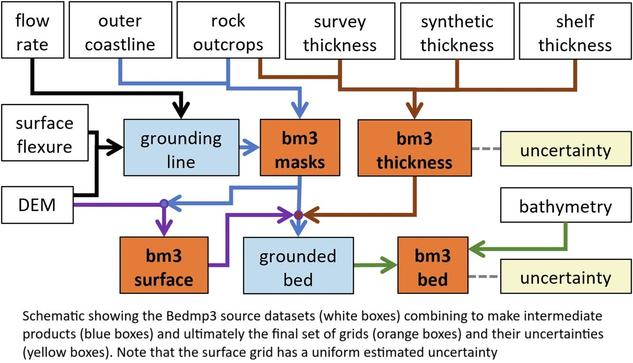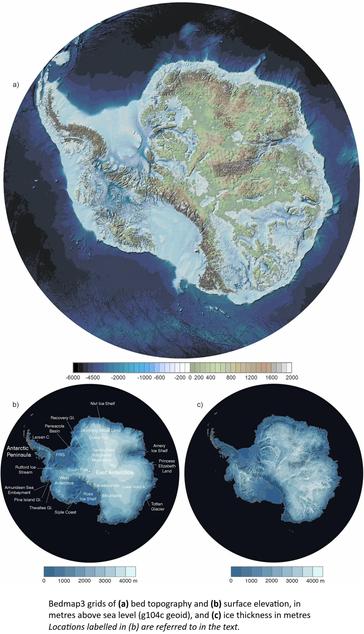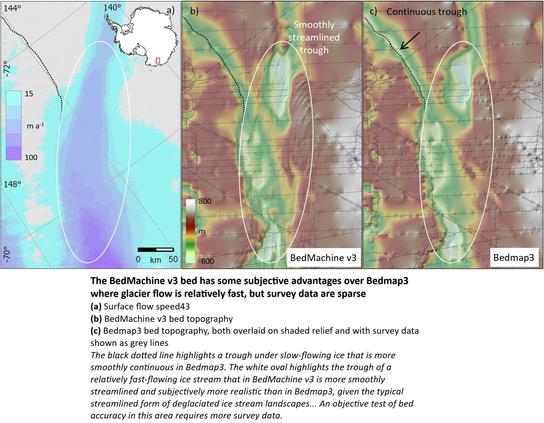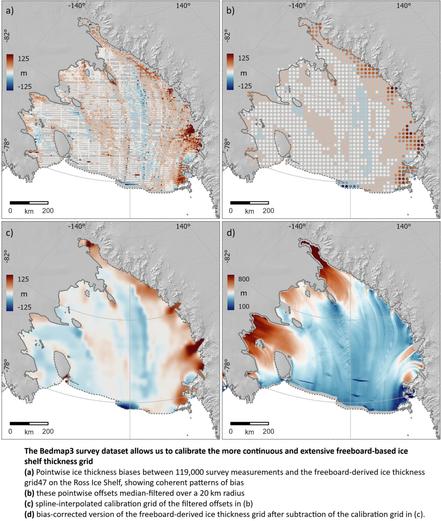New Map Of Landscape Beneath Antarctica Unveiled
--
https://phys.org/news/2025-03-landscape-beneath-antarctica-unveiled.html <-- shared technical article
--
https://doi.org/10.1038/s41597-025-04672-y <-- shared paper
--
#GIS #spatial #mapping #Bedmap3 #icebed #surface #thickness #gridded #datasets #Antarctica #raster #model #modeling #landscape #elevation #icesheet #survey #remotesensing #earthobservation #climatechange #warming #climate #melt #melting #seafloor #subglacial #geophysical #survey #topography #geology #bathymetry #topobathy #BritishAntarcticSurvey
@BritishAntarcticSurvey



